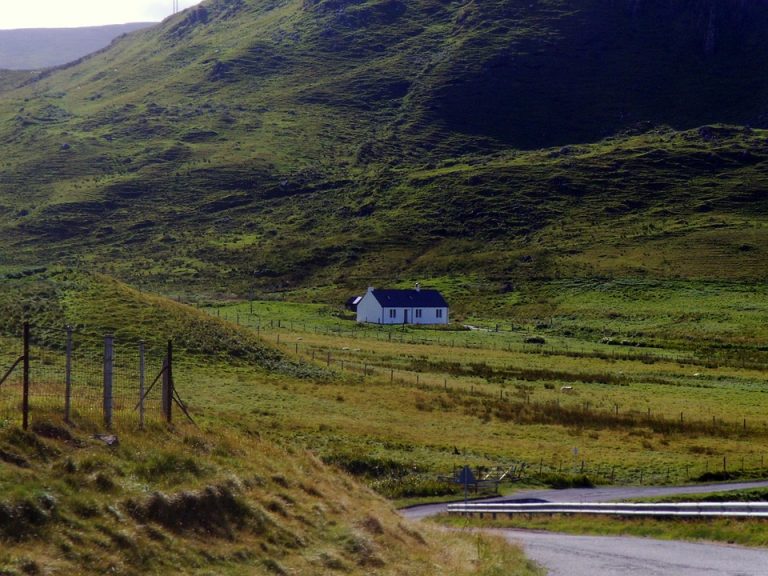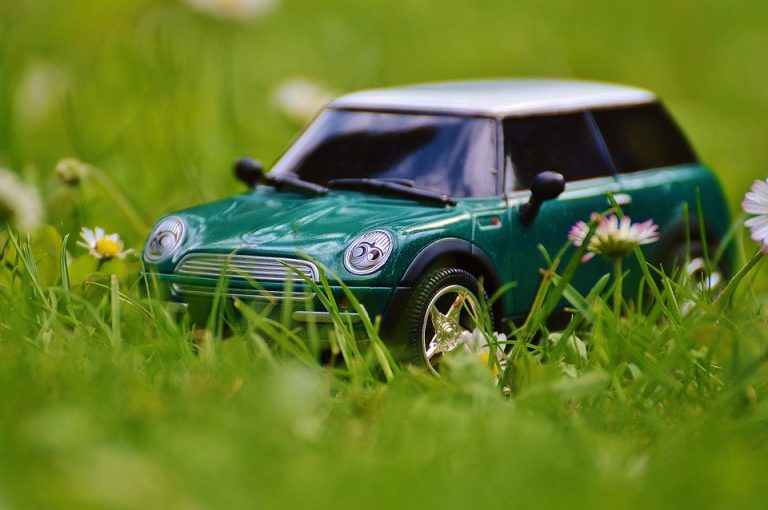
Affordable, practical and easy to install, green and solar technologies have become some sort of a standard in modern construction. Their qualities and advantages are more than obvious when they are introduced on a big scale, such as in industrial and commercial buildings. But for an average family with numerous limitations, the situation can be somewhat different.
Green technologies are usually advertised as a way to maximize energy efficiency, preserve the environment and modernize a home while saving money in the process. It seems almost too good to be true. And it usually is. Most of the technologies and solutions associated with green living do provide benefits to the environment, but they present a challenge for those with a limited budget, such as families and small business. For instance, solar panels are praised for improving energy efficiency, reducing electricity costs and even enabling the owner to earn money by utilizing them. However, this takes a lot of time. An average set of solar panels mounted on top of a roof can cost as much as £7000. And they usually start paying off after 15 years of usage.
Which leads us to the next drawback – the time factor. Adopting a green lifestyle can often be time-consuming and frustrating for those who are fully committed to the cause. It requires people to change their habits, inform and educate themselves on the matter, and give up on doing some things the easier way. The time factor can also be a problem when it comes to the payback rate of certain green living investments and solutions. Green and organic gardens require more care and resources than those using conventional methods of cultivation. Solar and green roofs require regular maintenance and cleaning. Alternative sources of light, such as solar lights or fluorescent bulbs, do consume less energy than regular ones, but they cost more, which means that they start to payoff only after a couple of months.
So, does this mean that families and small business should give up on green technologies? Not quite. Although there are some constraints and drawbacks to it, if implemented in the right time and the right way, the benefits of green living can greatly outweigh their drawbacks. The key is to devise a conclusive plan and to take baby steps. Start by changing your habits and informing yourself and your family about green living. Make a survey of your home and identify what can be improved with small investments. Switching to alternative outdoor lighting, solar heaters, solar dryers and ventilation are usually fairly affordable steps which may seem insignificant alone, but combined together, they could make your home more energy efficient and thus help you take care of the environment.
Another thing you should consider is that with each new day, green living is becoming more affordable and simpler. So by the time you decide to go full-green, new technologies would have emerged that could enable you to maximize your energy efficiency while still preserving the environment. And your budget as well.





Leave a Comment